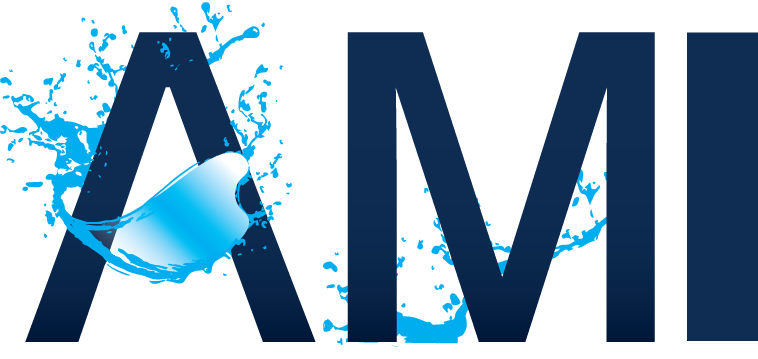How to Prevent Galvanic Corrosion
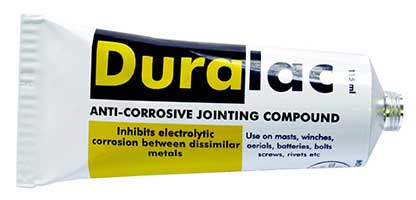
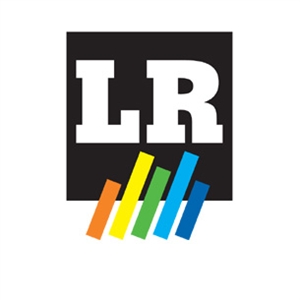
Easy to use Duralac Paste on plates and joins.
Any area, above or below the waterline, where two dissimilar metals touch and are exposed to electrically conductive seawater and brine, can become affected by Galvanic Corrosion. Marinas in particular, with more conductive surface area in the water, can accelerate the exposure.
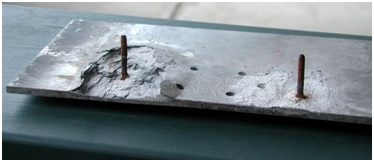
Galvanic Corrosion eats away at the integrity of the metals, dissolving the weaker (less noble or softer) metal first. Common areas affected include aluminium fittings with stainless steel fixings, contact areas on winches or aerials, or alloy hardware connected to aluminium plating such as on masts and booms.
Signs to look for
Corrosion can present as bubbling or blistering of paint, or exposed metals becoming brittle or pitting around contact points. Whilst repairs can be extensive, preventative care can slow or avoid potential damage.
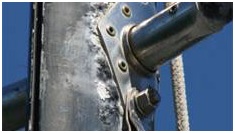
Duralac Application
Duralac has been engineered as an inhibitive sealant, is it is a free-flowing paste requiring no thinning, and remains tacky for a considerable time whilst air drying.
The product is supplied ready for use, best applied with a brush. Stir tinned Duralac, or massage tubes to ensure even consistency. Apply Duralac evenly to the points, joints or faces of the areas in contact, affix and allow to air dry. Duralac will become tacky and form a skin, and will then dry hard to form an insoluble elastic seal to protect the area.
Contact AMI to see if Duralac is suitable for your requirements, the product is available in 250ml & 500ml tubes, or 1L and 5L tins.
View Products from this Supplier
Download the Duralac manufacturer PDF here.
Disclaimer: please note the above article is for reference only, wherever possible original instructions from the manufacturer including installation and operation manuals should be followed.

